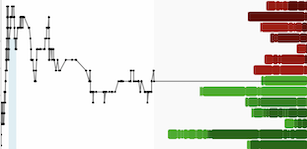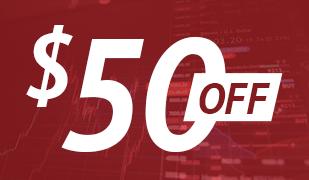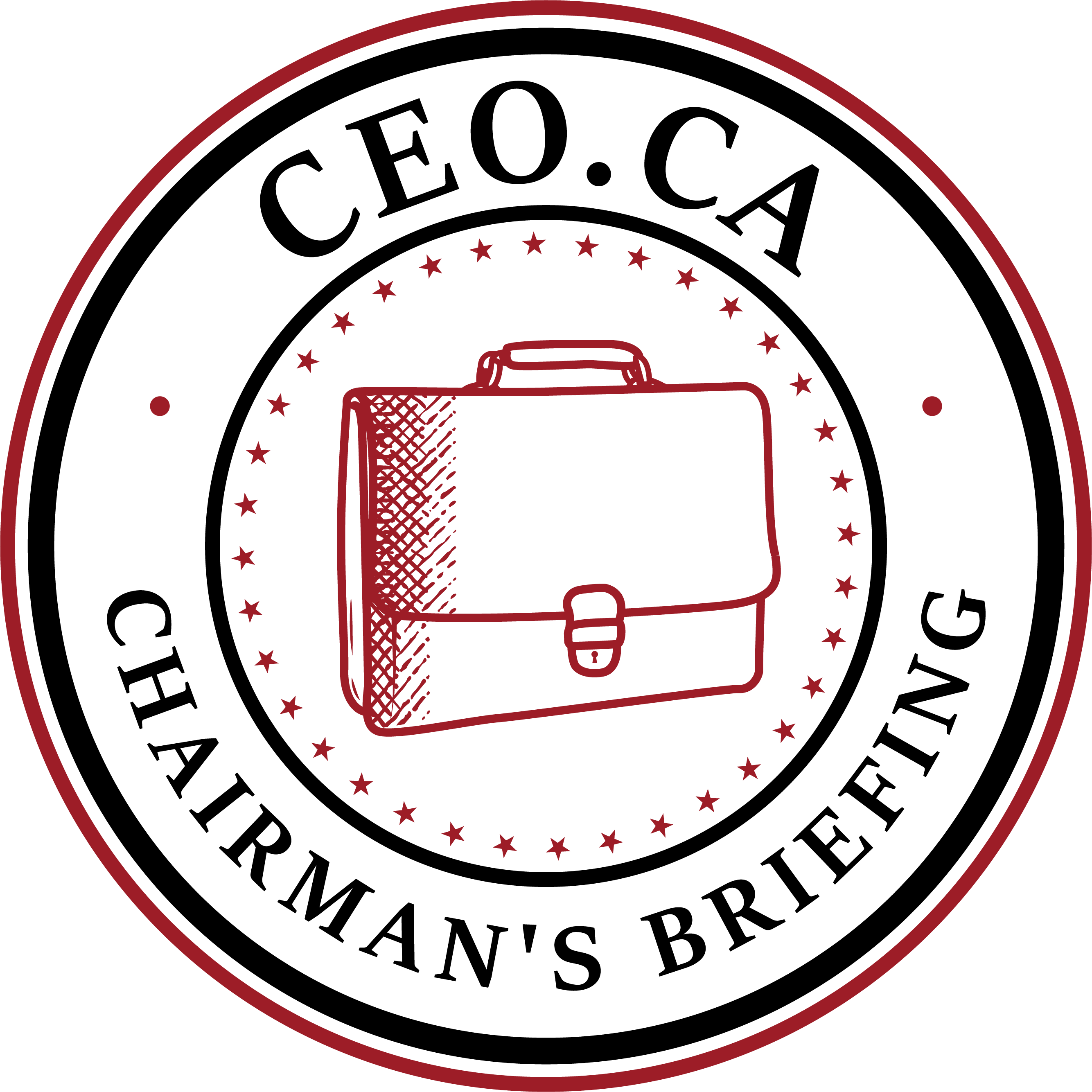
Hello Investors,
In the wake of President Trump’s shock announcement of a 50% import tariff on copper, COMEX futures catapulted as much as 17% intraday, closing the day up 12% at an unprecedented $5.89/lb. This wasn’t just a rally. It was copper’s biggest one-day gain since 1989, a parabolic move driven by a sudden policy shift, global supply fears, and speculative fervor.
For investors now hunting for a U.S.-based small cap that’s built to capitalize on this new tariff-fueled copper reality, meet Arizona Sonoran Copper (TSX: ASCU) a rising junior with deep resources, shovel-ready economics, and exactly the kind of domestic footprint that could thrive inside the new tariff wall.
Here’s why $ASCU stands out as a small-cap copper play built for America’s new supply-first era:
📍 Domestic Leverage Advantage – ASCU’s Cactus Project is based in Arizona, squarely within U.S. borders. That means it’s shielded from the newly announced 50% import tariffs and positioned to sell into a premium-priced domestic market.
🛢 Billions in the Ground – With over 11 billion pounds of copper across Measured, Indicated, and Inferred categories, ASCU controls one of the largest development-stage copper resources in North America held by a junior.
📈 PEA-Proven Economics – At just $3.90/lb copper, the project already boasts a post-tax NPV of $2.03 billion and 24% IRR. At current spot prices (~$5/lb), those numbers could leap toward $3B+ in value.
🧭 Full Development Pathway – With aggressive drilling, an imminent Pre-Feasibility Study, and private land positioning, ASCU is not just a copper story—it’s a shovel-ready rerate candidate as the market seeks near-term producers.
As copper enters a new era of geopolitical pricing and U.S. supply premium, Arizona Sonoran stands out, not for hype, but for hard numbers, strategic location, and timing that couldn’t be more critical. Here’s why this story deserves a closer look.

The Tariff That Changed Everything
The rally that gripped U.S. copper markets last week wasn’t technical—it was geopolitical. A surprise tariff proposal blindsided the metals world. The proposed 50% import duty (double what most traders expected) triggered panic buying, massive short covering, and a rush to secure U.S.-sourced copper.
But the price surge was uniquely American. While COMEX futures skyrocketed, global copper prices on the LME and Shanghai remained relatively stable or even dipped. This divergence created a record $2,750/ton spread between U.S. and global copper, effectively creating a two-tier copper market.
For U.S.-based copper developers, that’s not just bullish, it’s transformative.
ASCU: Positioned to Benefit from the Tariff Wall
Arizona Sonoran Copper is uniquely leveraged to this new environment.
With its flagship Cactus Project located in Arizona inside the tariff wall the company holds a strategic advantage: it can potentially supply copper into the highest-priced market in the world without incurring a single dollar of import duty.
And the scale of the Cactus Project is anything but junior.
Measured and Indicated resources now sit at 632.6 million tonnes grading 0.58% Cu (7.3 billion pounds of copper), with another 474 million tonnes inferred (3.8 billion pounds).
That’s over 11 billion pounds of contained copper, making it one of the largest undeveloped copper resources in North America under a single junior’s control.
The core of this resource base is the transformational Parks/Salyer deposit, now merged with the adjacent MainSpring zone. This zone alone accounts for two-thirds of the resource and has become the company’s engine for growth.

Economic Torque: Cactus Delivers on Rising Prices
Arizona Sonoran’s latest Preliminary Economic Assessment (PEA), released in mid-2024, illustrates just how much torque this project has to rising copper prices.
At a base case of $3.90/lb copper: NPV (after-tax) = $2.03 billion | IRR = 24%
At $4.50/lb copper (close to current prices): NPV = ~$2.93 billion | IRR = 30%
At $5.00/lb+ copper? The NPV curve accelerates sharply.
With a 31-year mine life and average production of 232 million lbs per year for the first two decades, Cactus is designed to be a long-life, low-cost, scalable asset using proven SX-EW processing.
Add the fact that it’s hosted on private land in a top-tier jurisdiction, and the de-risking narrative becomes even more compelling.

Momentum Already Underway: New Highs, New Catalysts
Investors are starting to take notice.
Arizona Sonoran’s market cap has climbed over 60% year-to-date, topping C$400 million in early July. It recently touched new 52-week highs, and yet, by many measures, still trades at a discount to its peers given its size, jurisdiction, and project maturity.
Crucially, the company is not standing still. Key catalysts expected in H2 2025 include:
Completion of a 130,000-foot drilling program across Cactus and Parks/Salyer to upgrade inferred resources.
A new Pre-Feasibility Study (PFS) that could bake in current price levels and show even stronger economics.
A follow-on Definitive Feasibility Study (DFS) that could drive a construction decision as early as year-end.
The market is already signaling a rotation into copper juniors. ASCU is on the radar, not just of retail investors, but of strategics hunting for Tier-1 development plays in safe jurisdictions.
The Bottom Line: A Perfect Storm for U.S. Copper
Copper’s tariff-induced breakout may fade in volatility, but the pricing dynamics could remain elevated as the U.S. builds out domestic supply chains for EVs, AI infrastructure, and renewable grids.
Arizona Sonoran is not just exposed to copper, it’s exposed to U.S. copper. And that now trades at a premium.
With billions of pounds in the ground, a validated economic model, and near-term catalysts, ASCU stands out as one of the best-positioned juniors to catch this copper wave and maybe help shape the next one.
Investors looking for copper torque in the post-tariff era should keep Arizona Sonoran on the front burner. The rerating may have only just begun.



